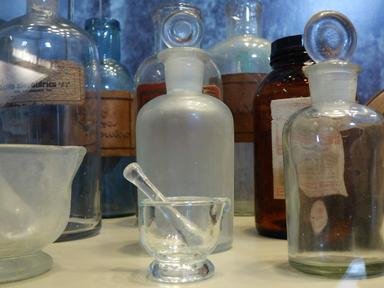
Sitting at the Periodic Table Trivia Quiz
Match each element to the proper description. Do not fear: it may be science, but it's not technical!
A matching quiz
by nyirene330.
Estimated time: 3 mins.
- Home
- »
- Quizzes
- »
- Science Trivia
- »
- Chemistry
- »
- Mixed Elements
